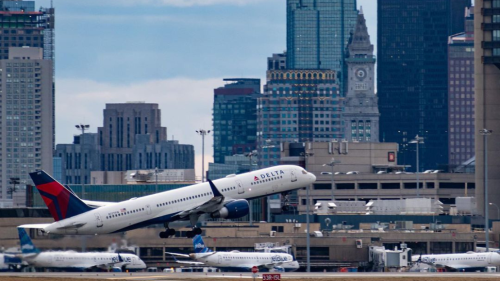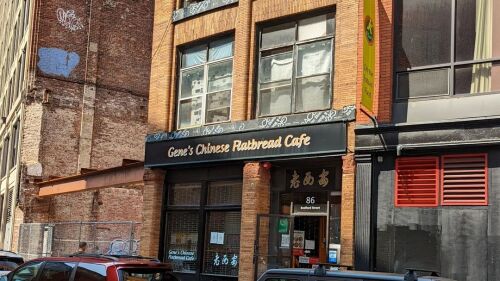Boston may be in peak foliage, but it’s making more moves to be an even greener city every day. A newly announced policy will require city projects to include environmental benefits + stormwater mitigation through the use of green infrastructure.
Small-scale green infrastructure has been shown to help reduce flooding + filter pollutants from runoff. Additionally, it will help increase the urban tree canopy, which is a key component of the Urban Forest Plan.
Boston’s first green infrastructure policy will also set a new standard for safer, more sustainable roadway infrastructure throughout the city by establishing green alternatives for curb extensions.
The policy establishes five new standard designs for future city developments.
- Rain gardens or bioswales
- Tree pits or trenches
- Porous paving (think: asphalt, pavers + concrete)
- Stone subsurface infiltration
- Planting low-grow fescue (aka grass) or wildflower seeds
To help support the upkeep on the new and existing installations, there will be two contracts in place to provide regular maintenance. Residents can use the City’s 311 system to report any problems.
The policy will also establish a volunteer program to assist in the maintenance of select green infrastructure sites. Sign up online to “adopt” a local green infrastructure installation.











